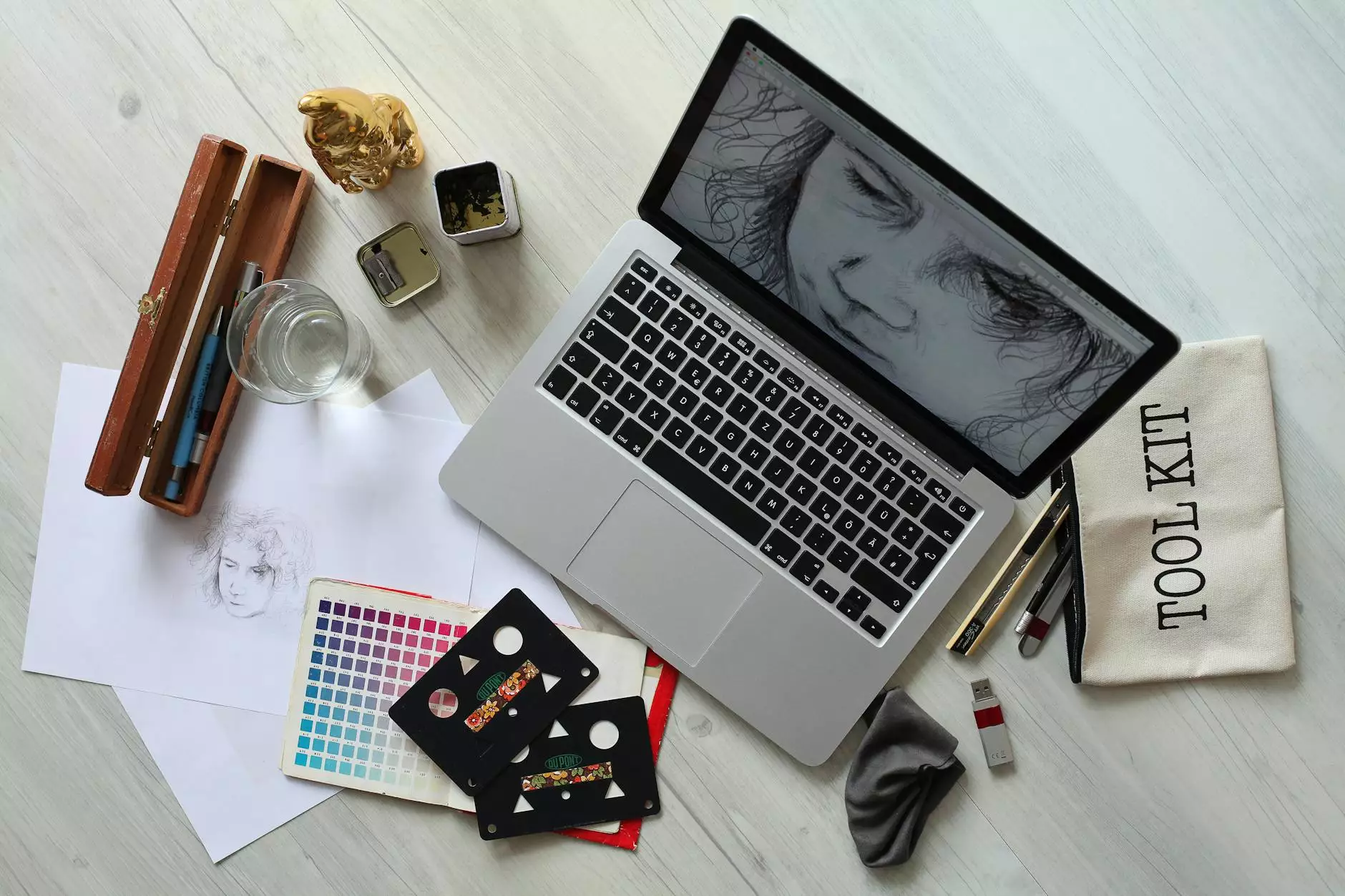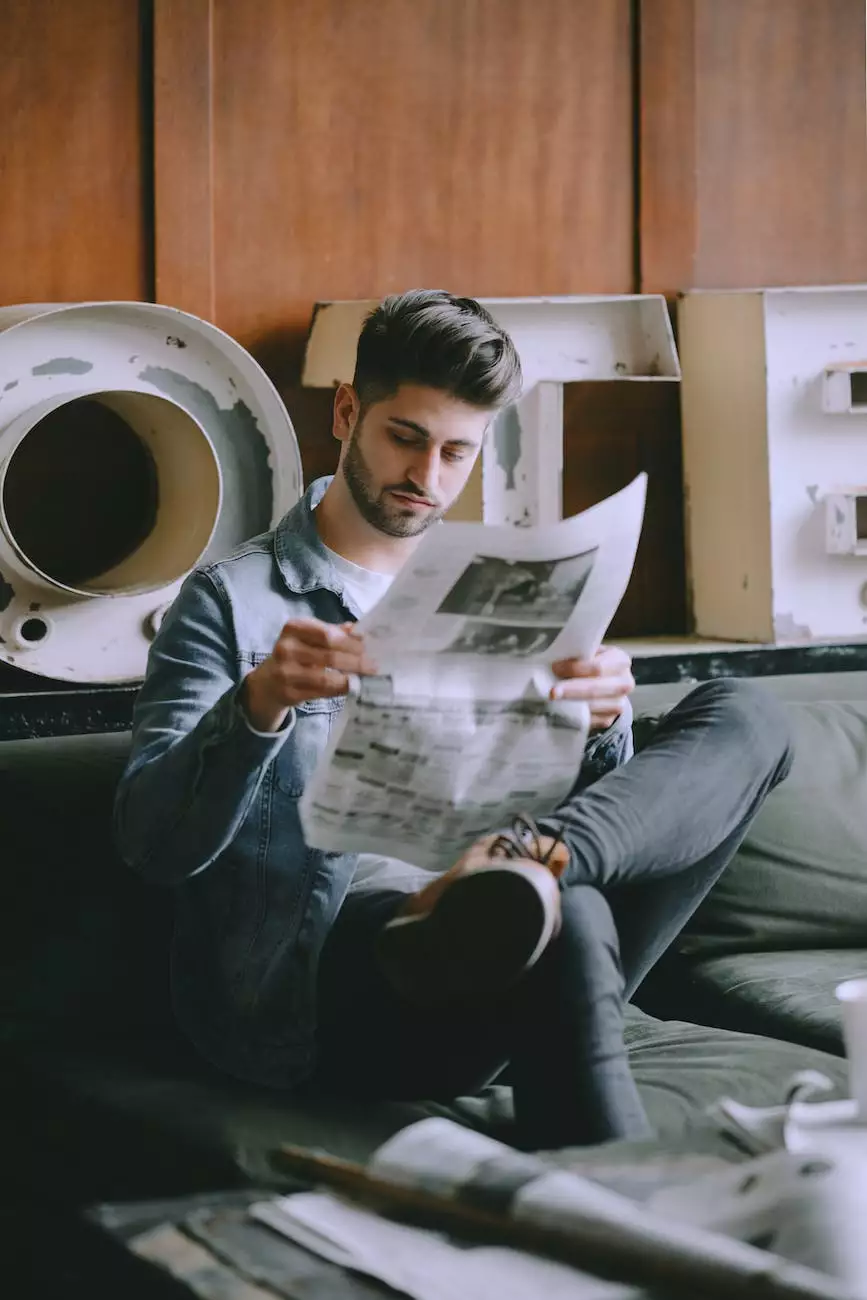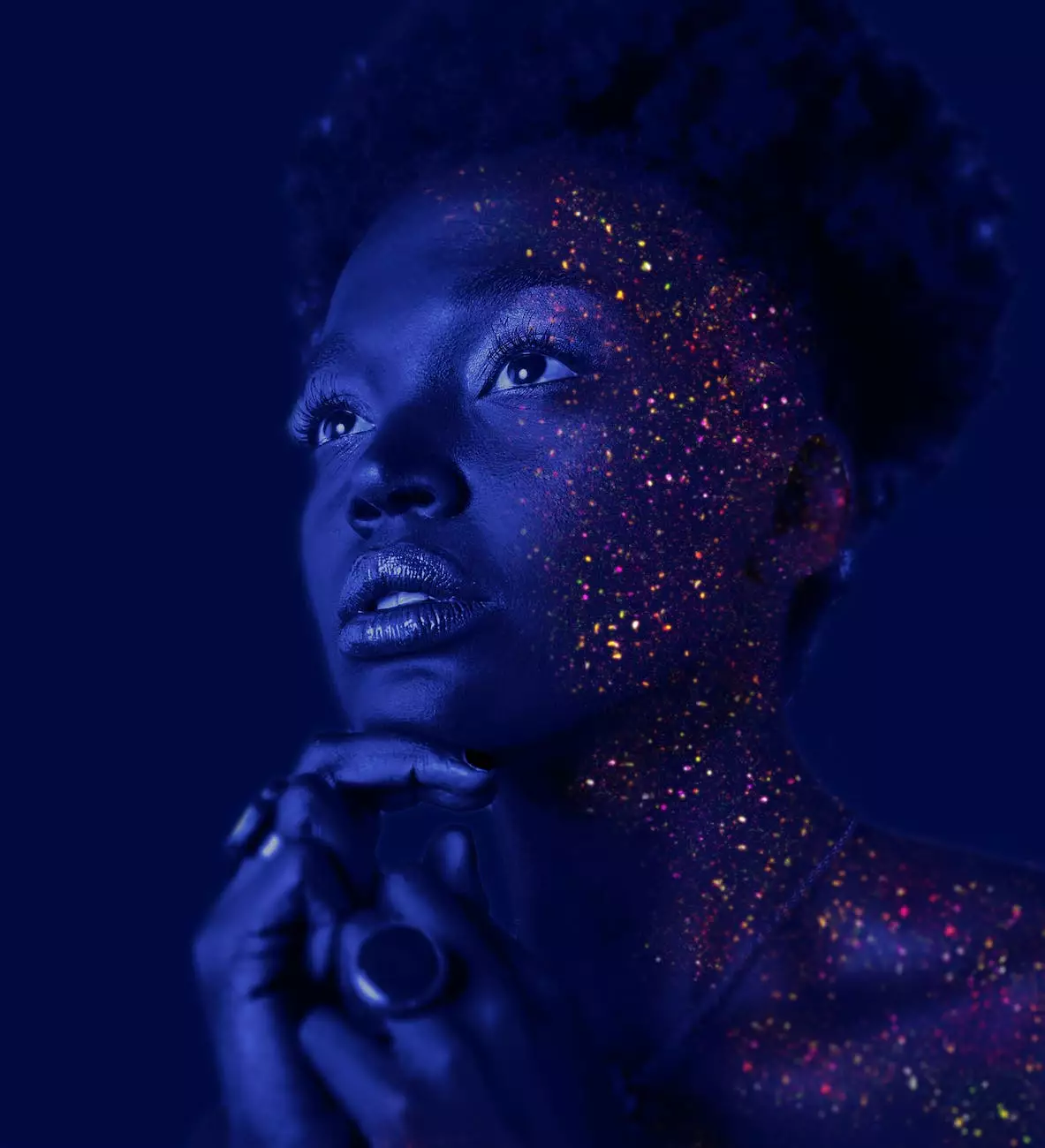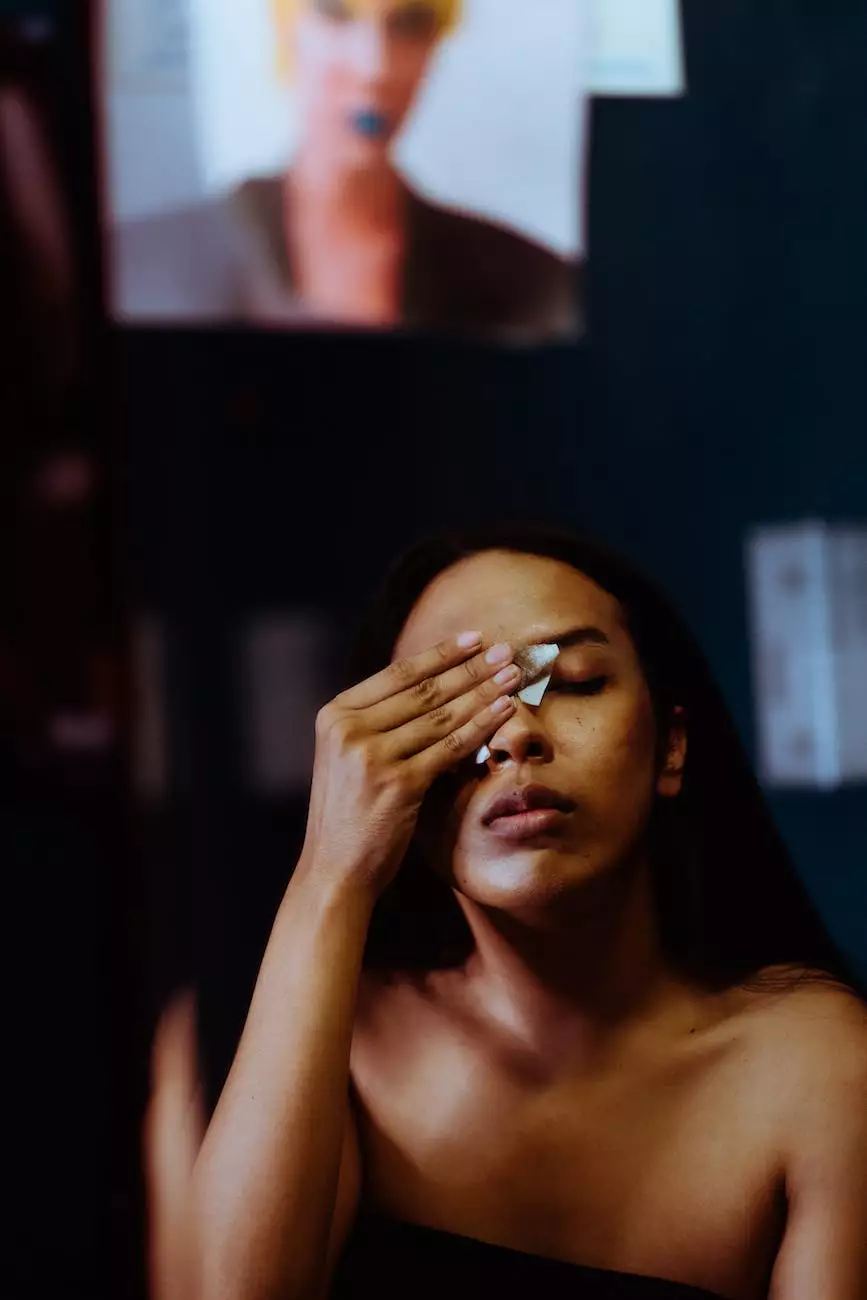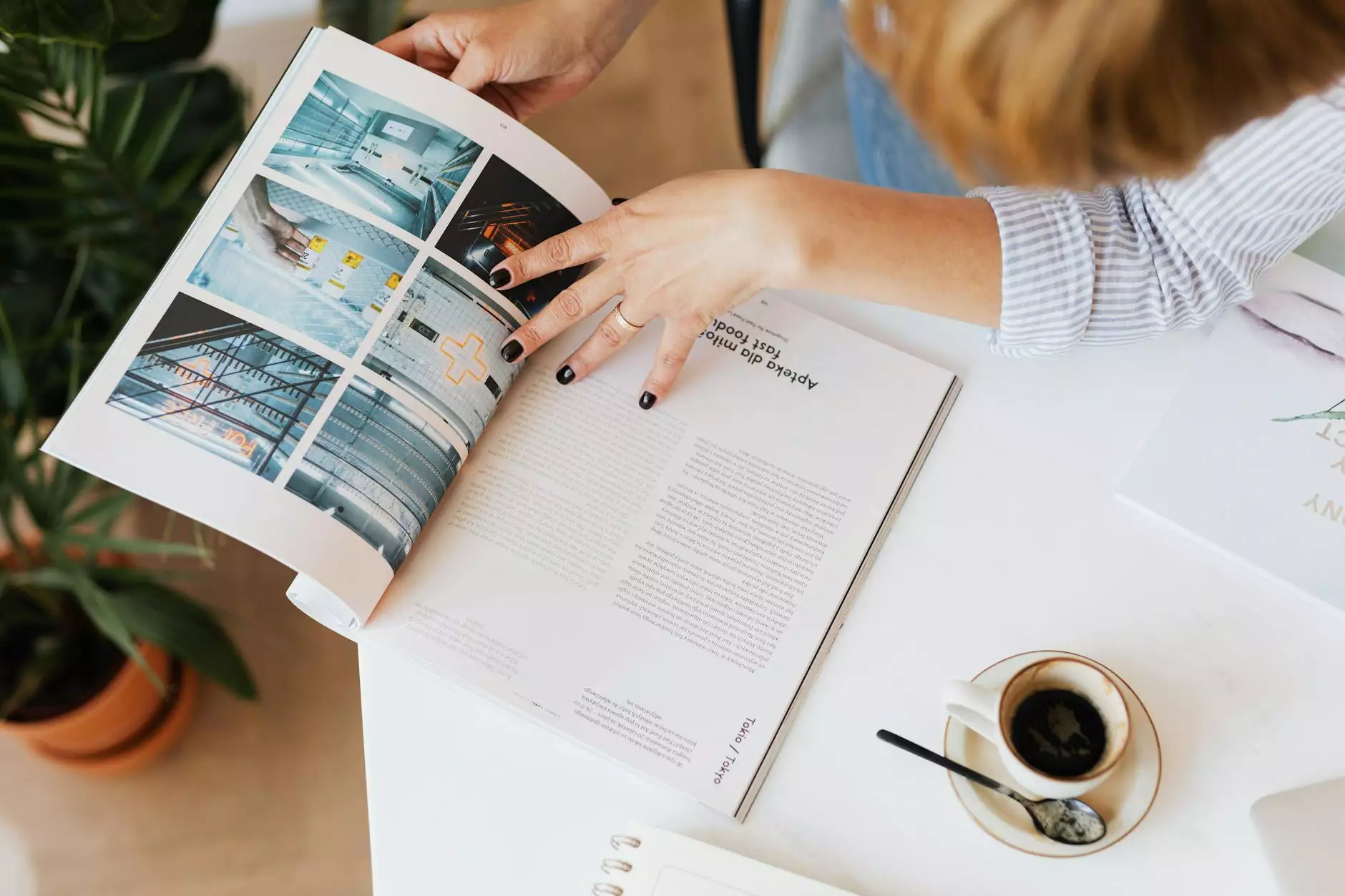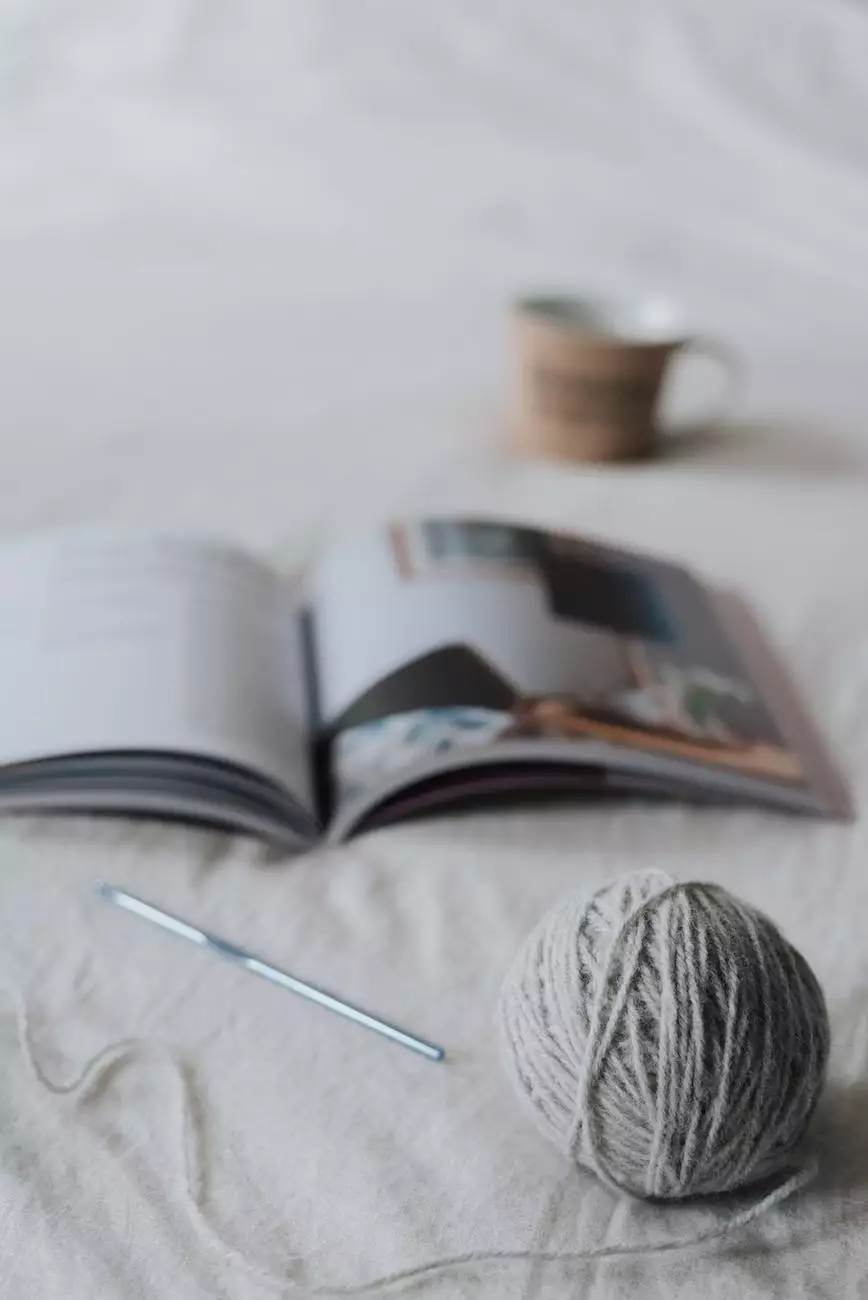Clearing Up the Color Confusion
Tales from the Past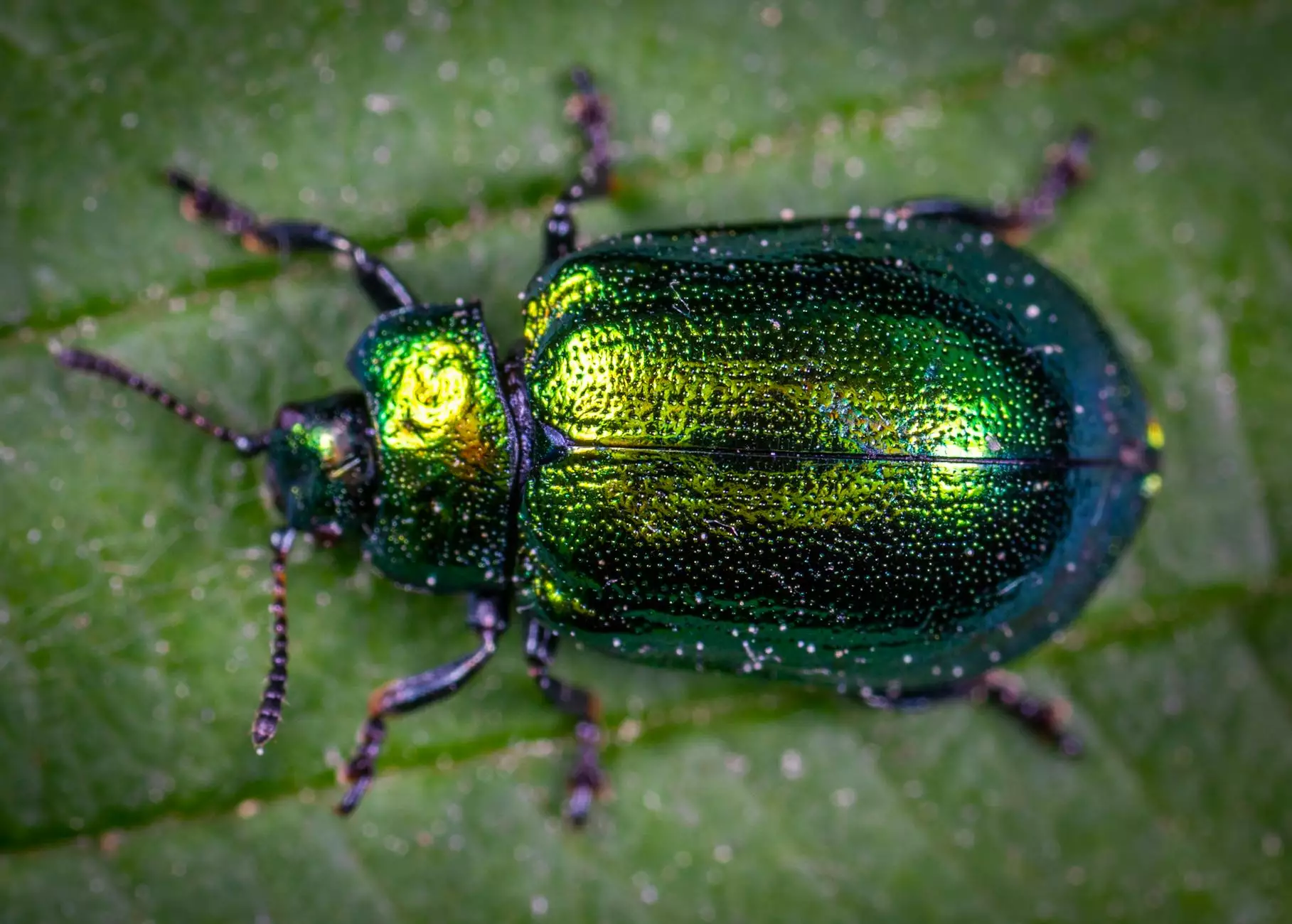
The Fascinating World of Colors
Colors are an integral part of our lives, influencing our emotions, perceptions, and preferences. In the arts and entertainment industry, understanding colors and their meanings is essential for creating powerful visuals that resonate with audiences. This comprehensive guide aims to clear up any color confusion and provide you with valuable insights into the world of colors.
Colors and Their Meanings
Each color carries its own significance, evoking specific emotions and symbolic representations. Let's delve into some popular colors and explore their meanings in various art forms.
Red: Passion, Energy, and Power
Red is a vibrant color associated with passion, love, and intense emotions. In art, it often represents energy, power, and strong emotions. Many artists use red strategically to evoke feelings of desire, anger, or excitement. It's a color that demands attention and can create a sense of urgency.
Blue: Tranquility, Serenity, and Trust
Blue is a calming color that symbolizes tranquility, serenity, and trust. Often used in paintings, sculptures, and cinematic masterpieces, blue can evoke a sense of depth, stability, and reliability. It is frequently employed to convey a peaceful atmosphere or to depict vast landscapes, oceans, or skies.
Yellow: Happiness, Optimism, and Creativity
Yellow is the color of sunshine, representing happiness, optimism, and creativity. Artists incorporate yellow to create vibrant, lively compositions that radiate positive energy. It's often associated with joy, intellect, and curiosity. When used strategically, yellow can draw attention and spark inspiration.
Green: Nature, Balance, and Growth
Green, the color of nature, symbolizes balance, harmony, and growth. It is frequently employed in visual arts to represent fertility, rejuvenation, and the cycles of life. Artists use green to evoke feelings of tranquility, health, and environmental awareness. It can also convey themes related to rebirth, renewal, and ecological sustainability.
The Psychology Behind Color Choices
The psychology of colors plays a significant role in art and entertainment. Understanding how colors impact human perception can help artists and designers make informed choices to evoke specific emotions or create desired atmospheres.
Warm Colors: Excitement, Passion, and Intensity
Warm colors like red, orange, and yellow are known to create a sense of excitement and intensity. They can increase energy levels and draw viewers' attention, making them great for capturing and holding audiences' interest. These colors often evoke feelings of passion, warmth, and enthusiasm.
Cool Colors: Calmness, Serenity, and Reflection
Cool colors such as blue, green, and purple, on the other hand, tend to create a sense of calmness and serenity. They are ideal for conveying a relaxed mood or representing peaceful settings. Cool colors can evoke a sense of introspection and encourage viewers to contemplate or reflect on the artwork or entertainment piece.
Color Combinations: Harmony and Contrast
Colors can be combined to create harmonious or contrasting effects, depending on the desired artistic outcome. Harmonious color schemes, such as analogous colors, use shades that are adjacent to each other on the color wheel, resulting in a visually pleasing and balanced composition. Contrasting color combinations, such as complementary colors, use shades that are opposite to each other on the color wheel, creating dynamic and impactful visual contrasts.
Enhancing Your Appreciation of Artwork
By understanding the meanings behind different colors and their psychological effects, you can enhance your appreciation of artwork in various mediums. Whether you're visiting an art gallery, watching a theater performance, or enjoying a film, paying attention to the color choices can provide you with deeper insights into the artist's intentions and amplify your emotional connection to the piece.
Improving Your Creative Endeavors
For artists, designers, and creatives, a solid understanding of colors is crucial to the success of their projects. By harnessing the power of colors, you can effectively communicate your ideas, elicit specific emotions, and create captivating visuals or performances. Experimenting with different color palettes, tones, and techniques allows you to express yourself authentically and push the boundaries of your creativity.
Conclusion
Clearing up the color confusion is essential for anyone involved in the arts and entertainment industry. Colors have the remarkable ability to enhance storytelling, evoke emotions, and captivate audiences. By exploring the meanings, psychology, and applications of colors, you can unlock their true potential and elevate your artistic pursuits. Embrace the fascinating world of colors and embark on a vibrant journey of creativity and expression.

